The village I live in is strewn over the steepish slopes of a south-facing hill. The roads that radiate from the Village Square (actually, more of a Triangle, to be geometric about it) basically box the compass. Each has their attractions, but whichever way I leave I'm quite likely to try to come back along the quiet road that runs along the top of the ridge that runs east to west just under a mile north of the village. There's not much sense to it as a road: it doesn't really go anywhere, just strolls along, following the contours, with access roads to the farms in the valleys to either side. All the times I've been up there, I hardly ever saw a vehicle, save for farm traffic.
The fact that it gets called The Ridgeway on the Ordnance Survey map testifies that it originated as a path that was made by and for prehistoric foot (and animal) traffic, when lowland Britain was largely wooded and the hilltops, with views either side, were both the safest and most convenient way to travel. That's what makes this lane such a joy to ramble along, and to photograph. It's not just the 360° horizon, although that helps; there's the sinuousity of the road itself, lined as it is in winter by the whited bones of square-cut hedges, and the bleak redness of the ploughed fields and the acid green of the high pastures to either side, while the low winter sun spreads a butterscotch light down the valleys.
And of course, there is a deep sense of history there, a feeling that in tramping along, I'm joining the cycle of the centuries, adding my anonymity to the pile, but I'm not sure I captured that.
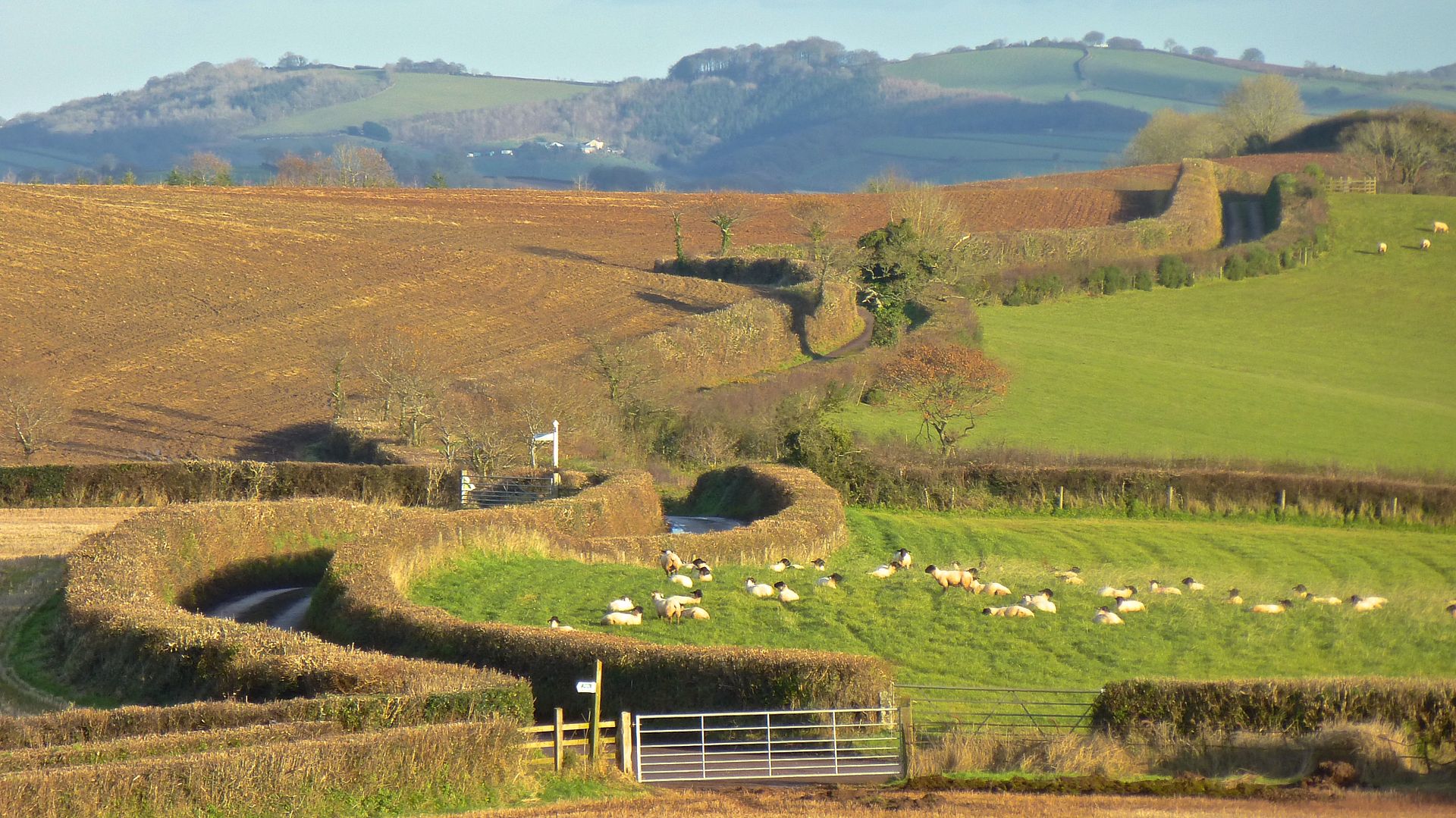 |
| The Ridgeway writhes across the landscape |
 |
| Winter crops just starting to show green |
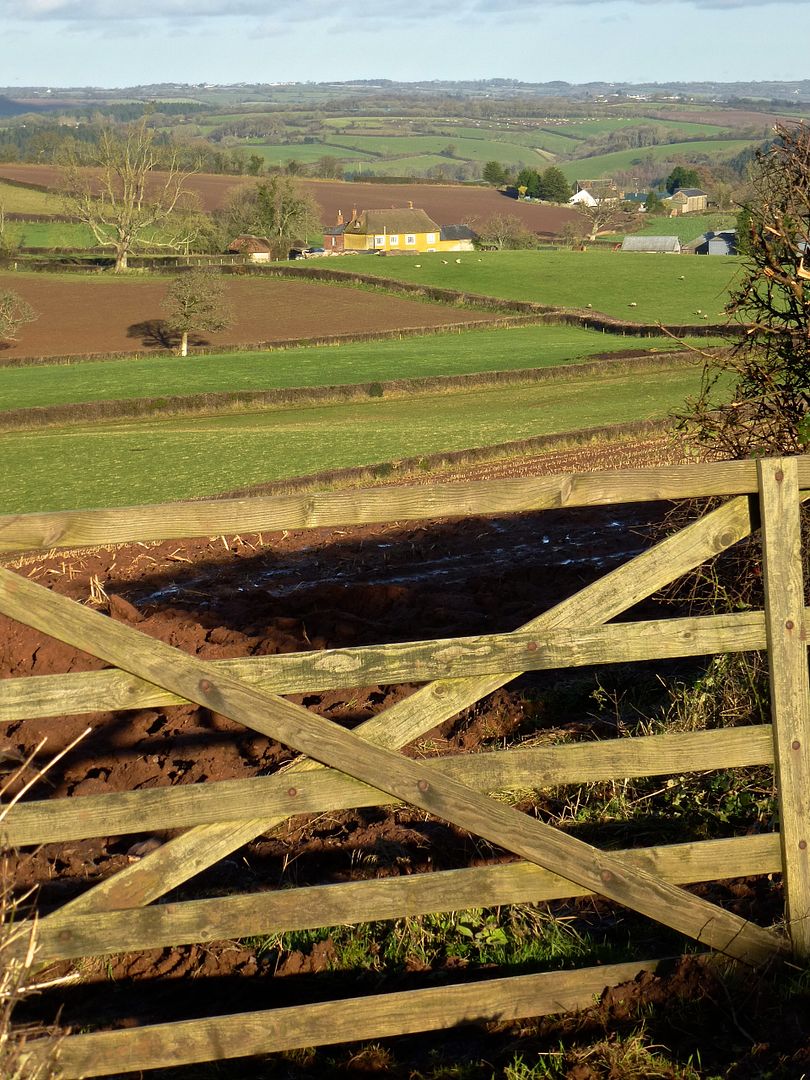 |
| Beyond the gate, views into deeper Devon, looking north-east |
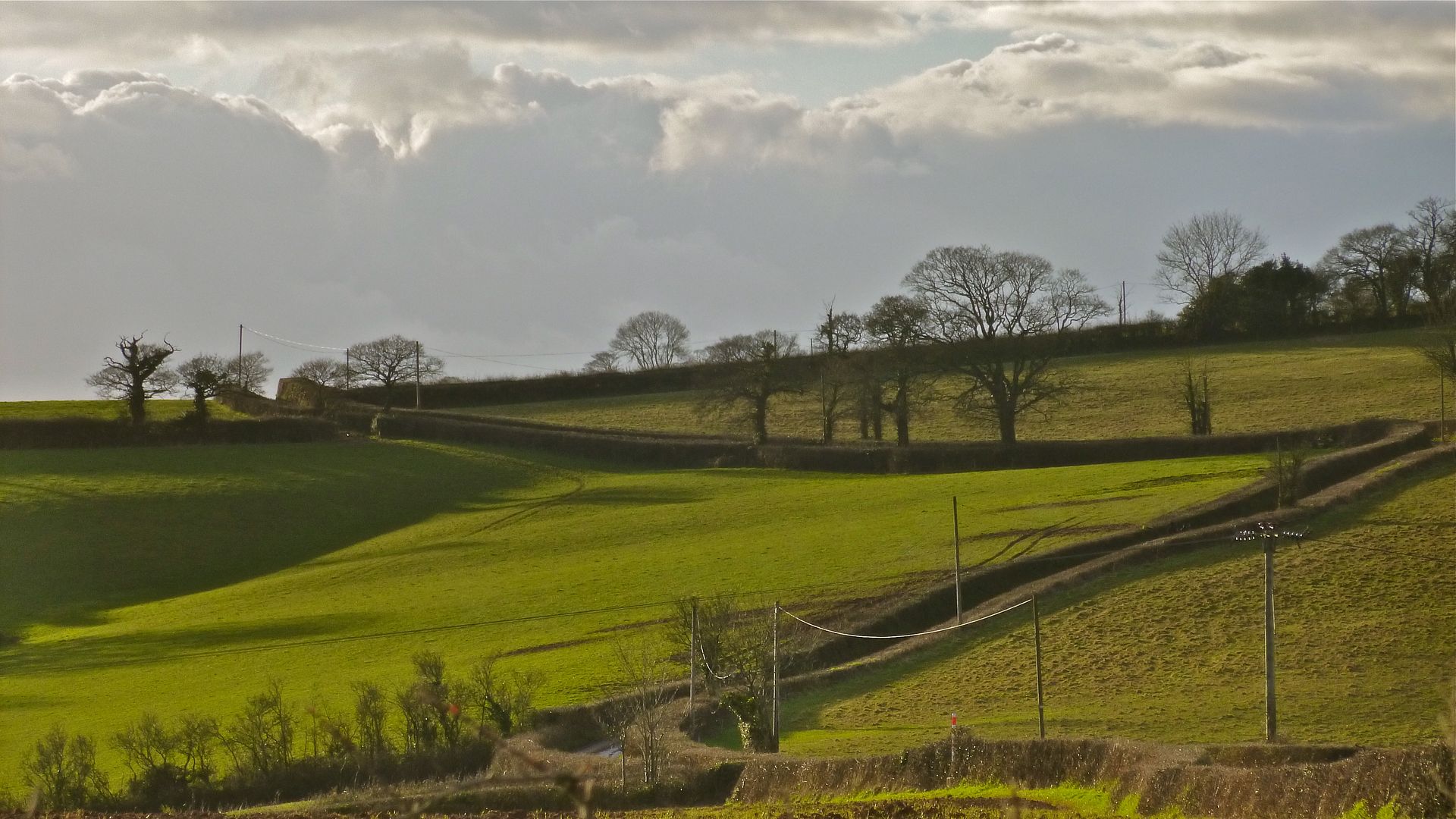 |
| The way to NewBuildings |
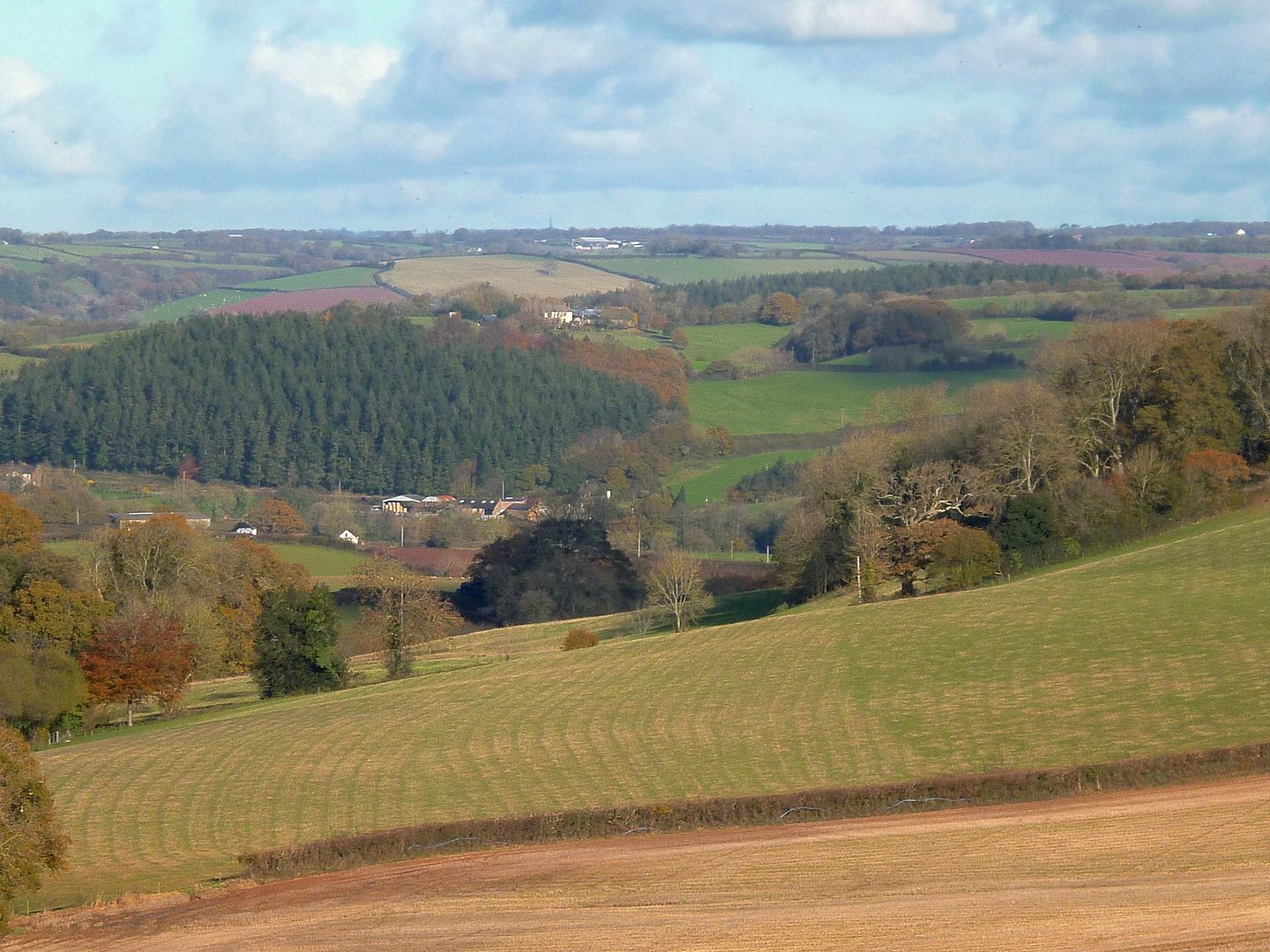 |
| In late autumn the view is dominated by tree colour |
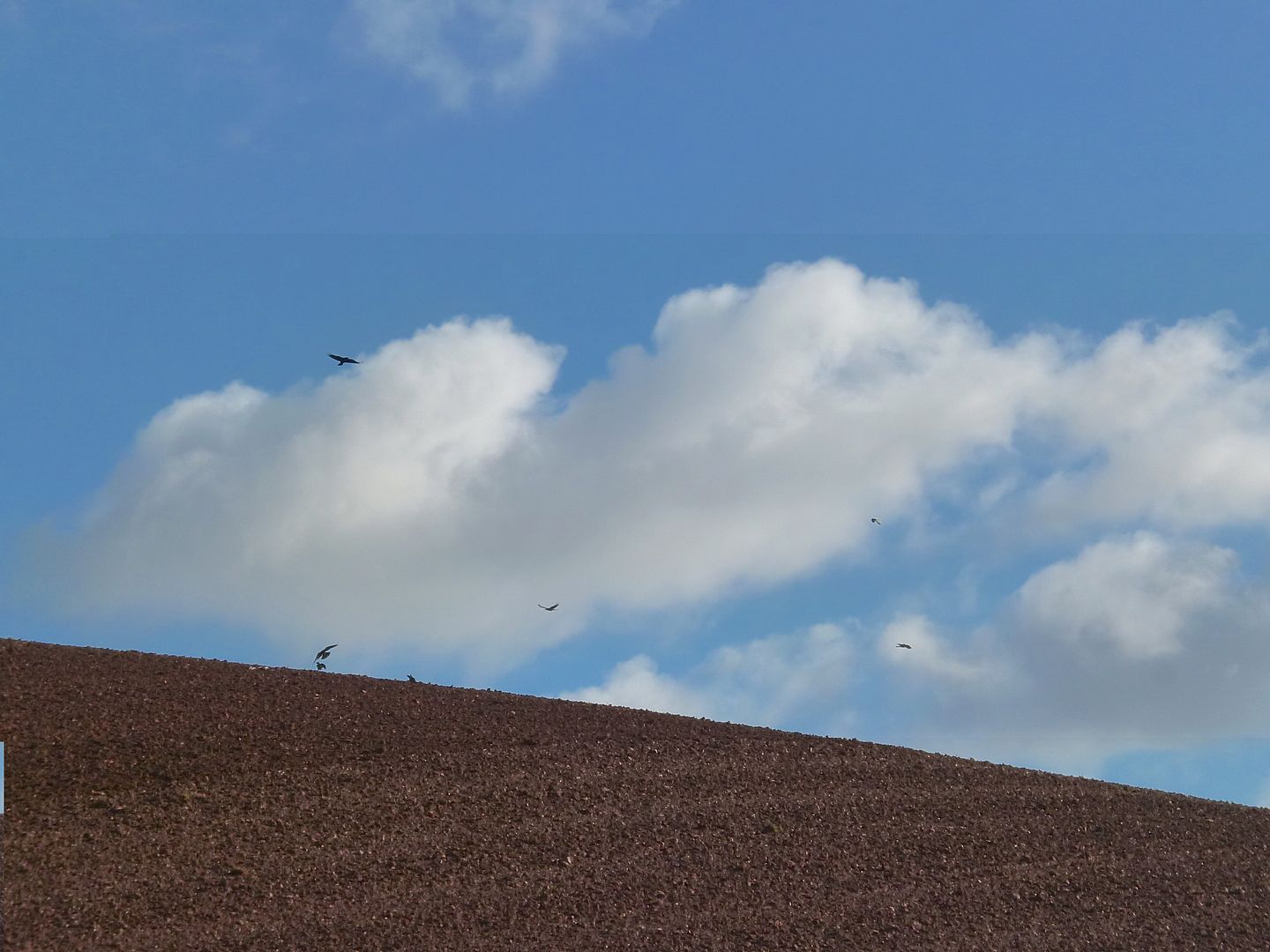 |
I can't believe I forgot to mention the silence, the deep silence that folds its wings around you.
The occasional complaining rook is the noisiest thing up there; occasionally
the sound of some engine far enough away to be a purr |
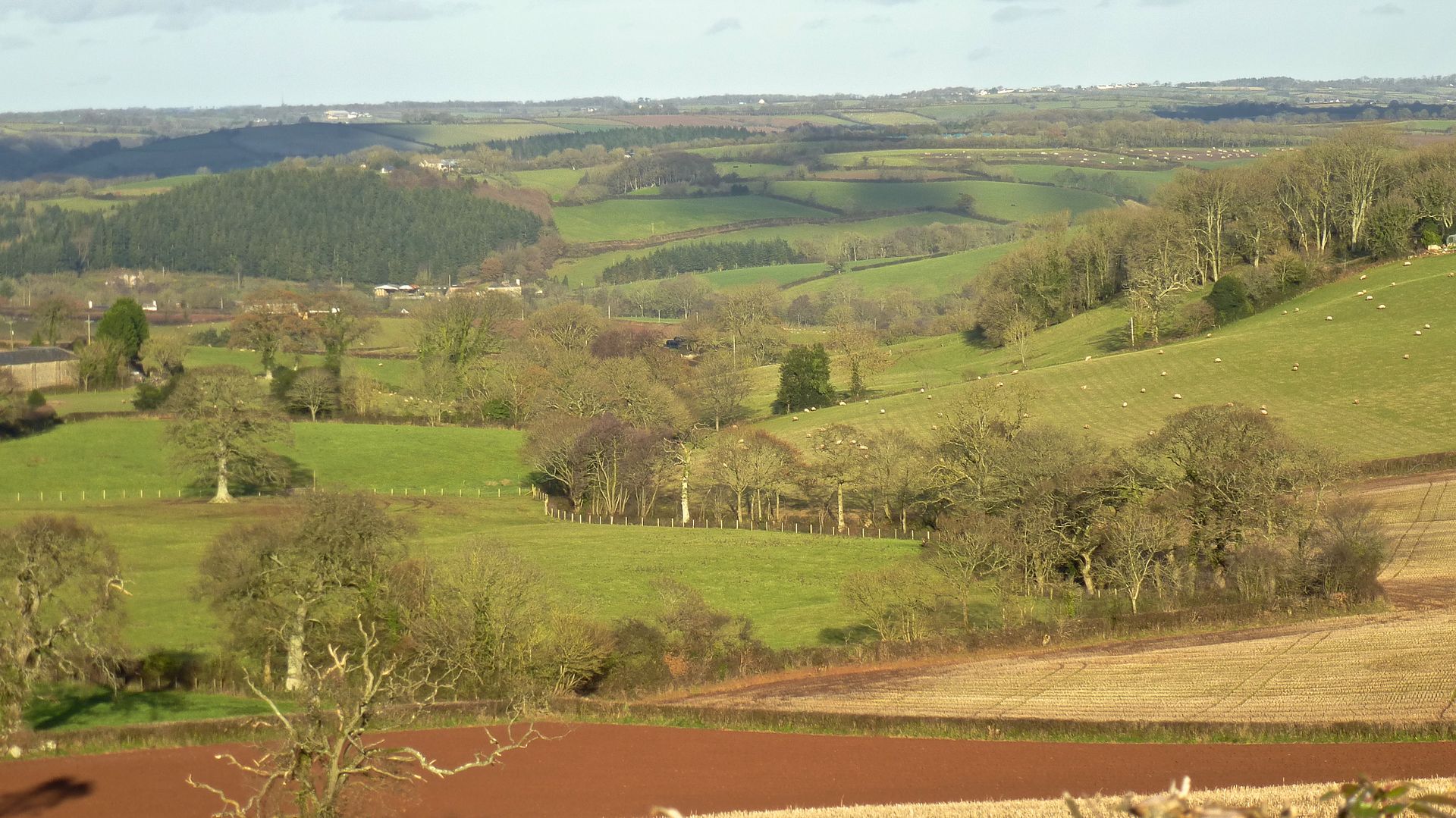 |
| Once the colour is gone, it's the shape and choreography of the trees that catches the eye |
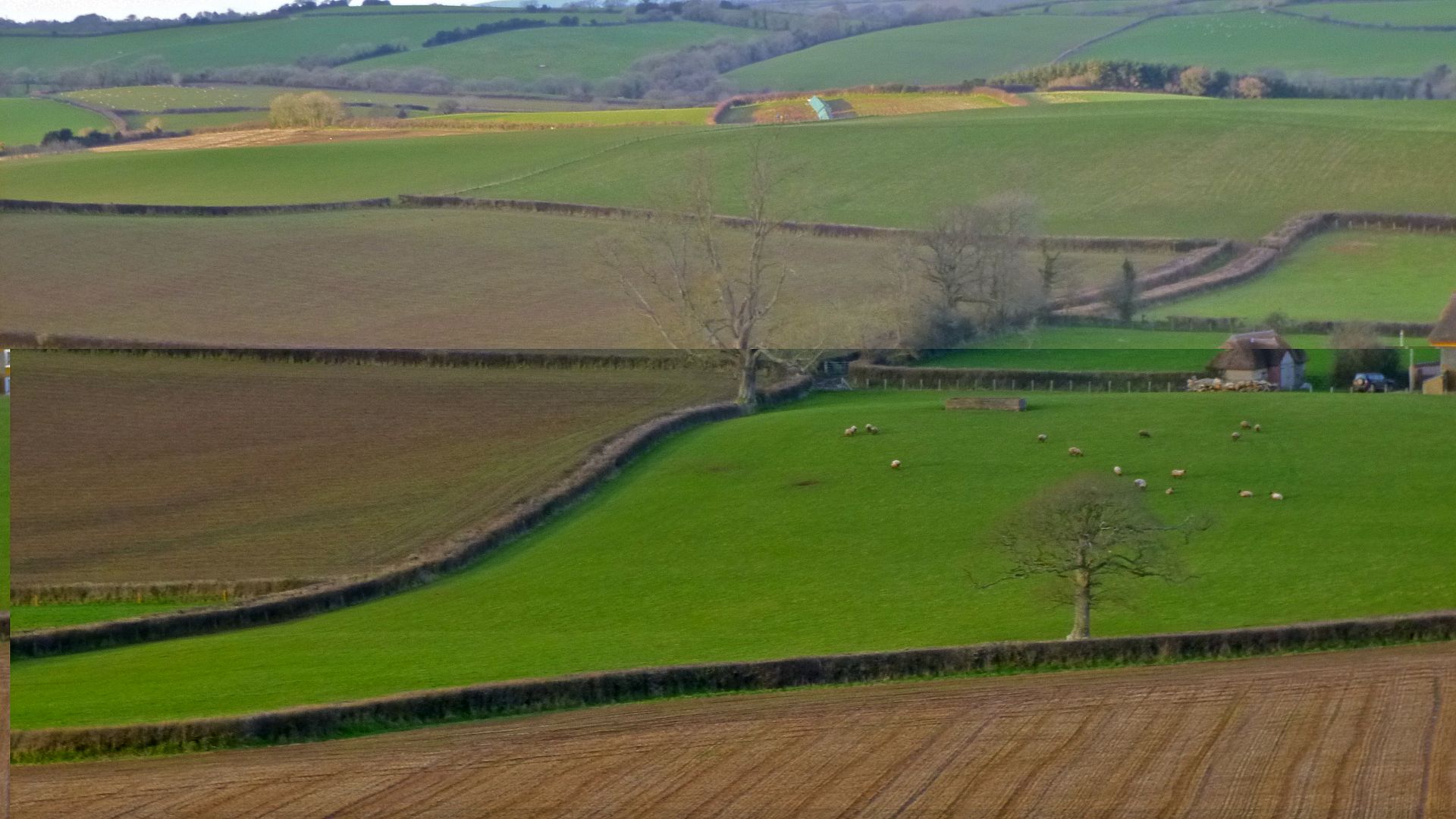 |
| The rough textured soil, showing the warp and weft of the plough, makes a pretty patchwork with the silky pastures |
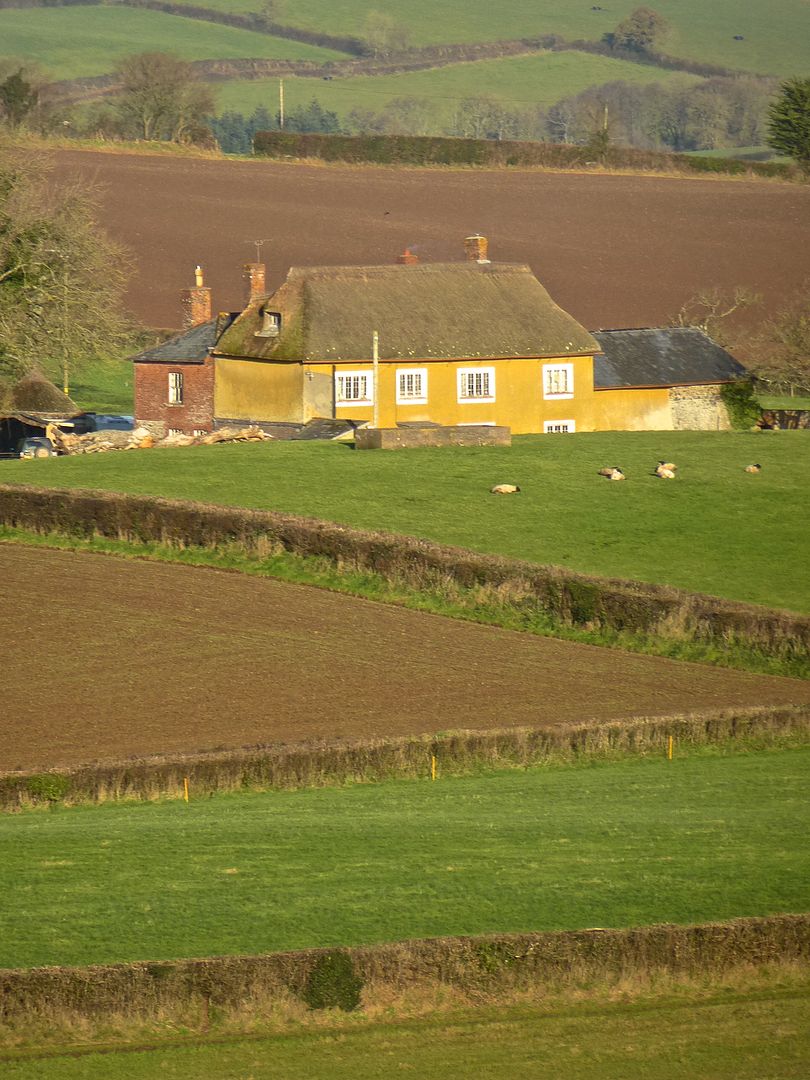 |
| I love the autochthonous way the farmhouses sit in the landscape, part of it, logical. |









No comments:
Post a Comment